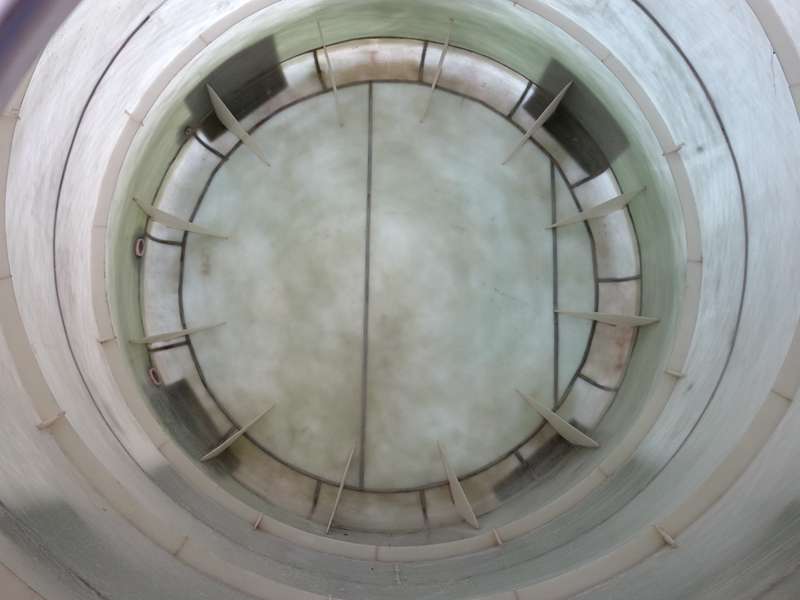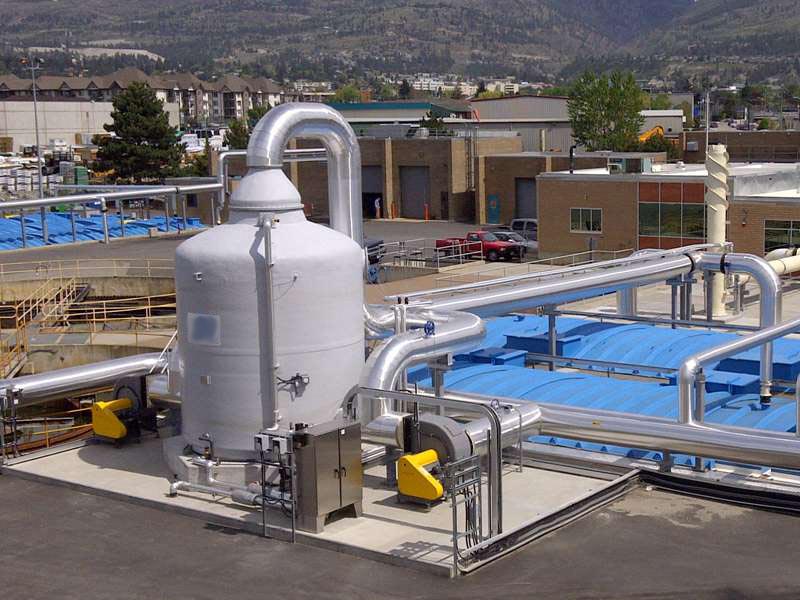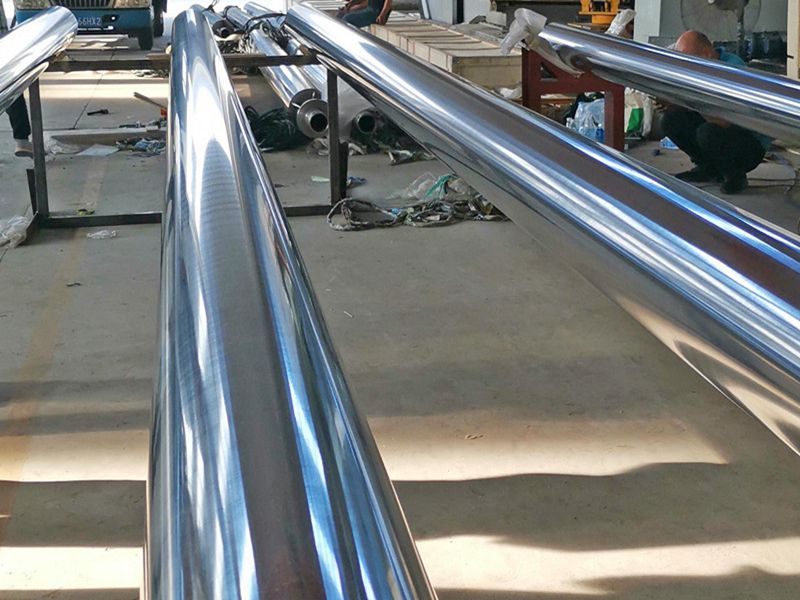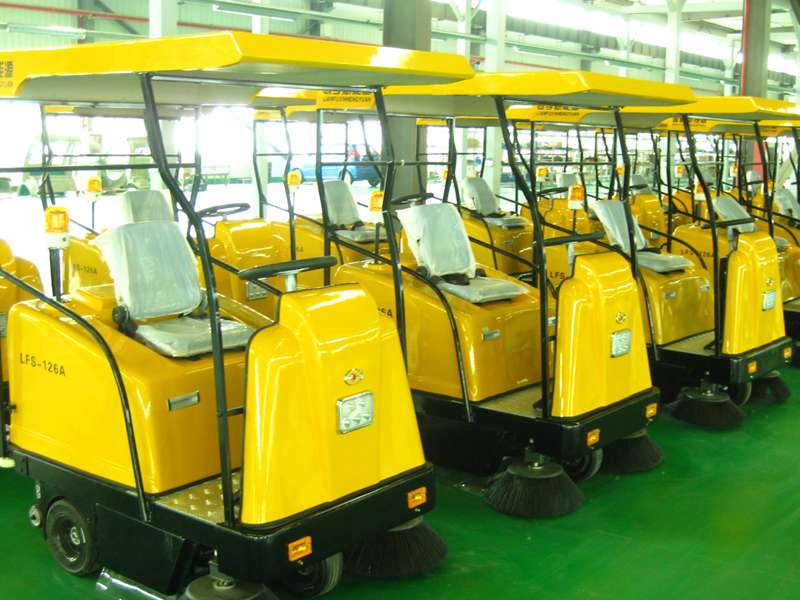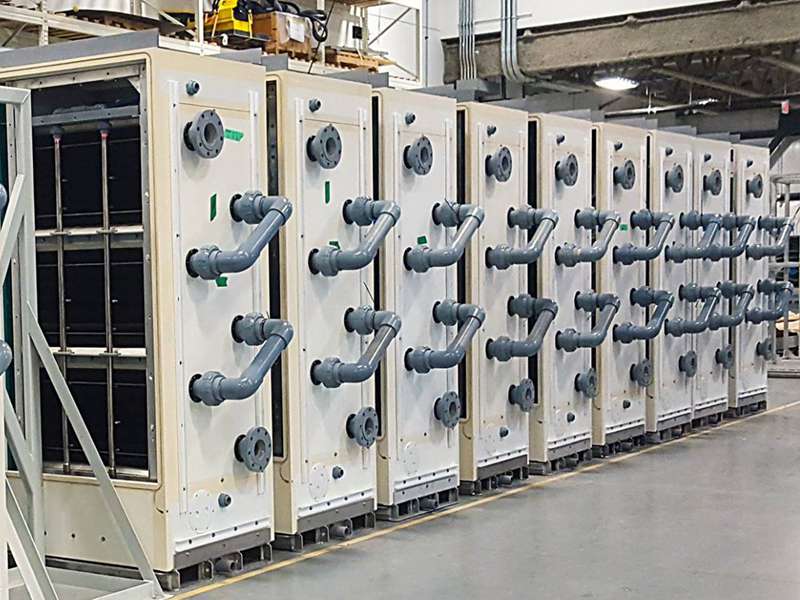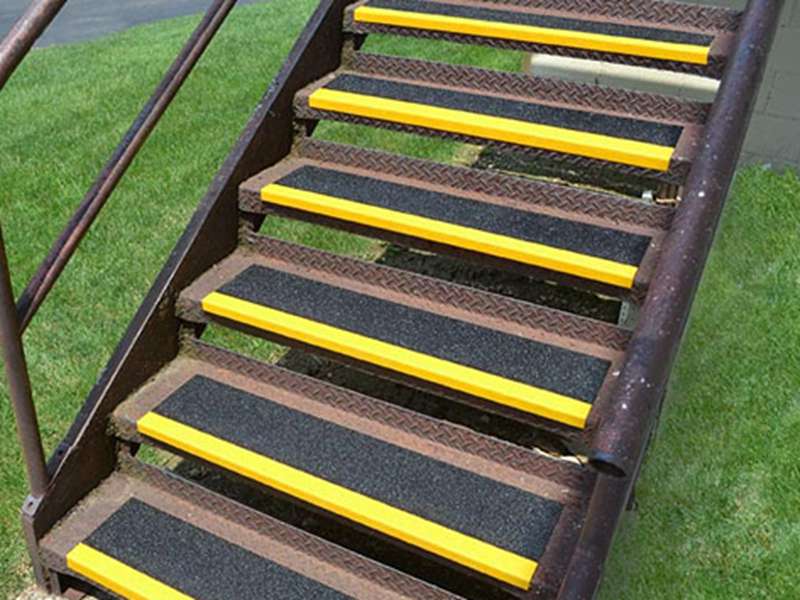CPVC FRP Pipe A Reliable Choice for Industrial Applications High Strength & Corrosion Resistance
- Introduction to cpvc frp pipe
: Definition and relevance in industrial applications - Technical Advantages of cpvc frp pipe
- Comparative Manufacturer Analysis: cpvc frp pipe versus Alternatives
- Customization Solutions for Diverse Industrial Needs
- Case Studies: Demonstrating Reliability in Action
- Future Prospects and Market Trends
- Conclusion: cpvc frp pipe a reliable choice for industrial applications
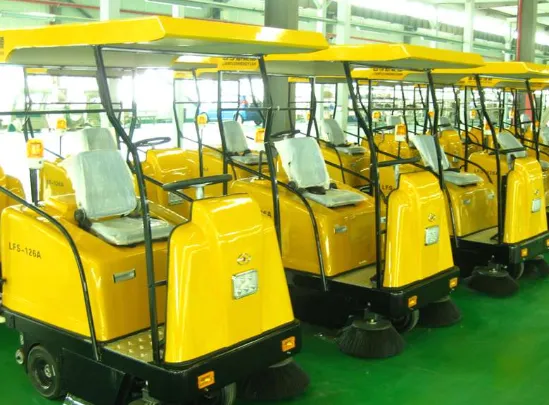
(cpvc frp pipe)
Introduction: Why is cpvc frp pipe a reliable choice for industrial applications?
The integration of CPVC (Chlorinated Polyvinyl Chloride) and FRP (Fiberglass Reinforced Plastic) technologies has led to the emergence of cpvc frp pipe, marking a significant milestone in the field of industrial piping. These pipes are uniquely formulated to withstand aggressive environments, ranging from chemical processing plants to wastewater treatment facilities. According to a 2023 market analysis by Global Industry Insights, the global demand for composite pipes—particularly cpvc frp pipe—has witnessed an annual growth rate of 12%, underlining their importance for modern infrastructure. This article explores why cpvc frp pipe is increasingly regarded as a reliable choice for a broad spectrum of industrial applications.
Technical Advantages: Unmatched Performance Metrics
A critical reason for the growing prevalence of cpvc frp pipe is its blend of advanced material science and engineering. CPVC ensures superior resistance to corrosive chemicals at high temperatures, while FRP’s structural reinforcement delivers excellent strength-to-weight ratios. Laboratory testing conducted by the American Society for Testing and Materials (ASTM) found that cpvc frp pipes can safely operate at continuous temperatures up to 95°C, sustaining pressure ratings up to 25 bar (362 psi) with minimal mechanical degradation over 25 years.
This performance significantly surpasses conventional steel and pure plastic piping. For instance, the inherent corrosion resistance eliminates the need for costly cathodic protection or internal linings, while the lightweight nature of cpvc frp pipe simplifies installation logistics, driving down labor costs by an estimated 30–40% compared to metallic counterparts.
Furthermore, cpvc frp pipes excel in low thermal conductivity (0.45 W/mK), which reduces thermal losses in processing plants, thereby boosting overall system efficiency. Their smooth inner surfaces yield friction factors as low as 0.009, curtailing energy consumption in fluid transport.
Comparative Manufacturer Analysis: Data-Driven Insights
Deciding between cpvc frp pipe suppliers is a pivotal step in any project specification phase. The table below provides a rigorous analysis of leading manufacturers, focusing on technical performance, cost-effectiveness, certification standards compliance, and service capabilities.
| Manufacturer | Pressure Rating (bar) |
Temperature (°C) |
Certifications | Warranty (Years) | Material Cost ($/meter) |
Lead Time (weeks) |
|---|---|---|---|---|---|---|
| FlowGuard Advanced | 25 | 95 | ISO 4427, ASTM F441 | 10 | 88 | 4 |
| PureFlow Composite | 20 | 90 | ISO 14692 | 8 | 76 | 5 |
| ArmorPipe FRP | 23 | 92 | ASTM D2996, NSF 61 | 12 | 92 | 3 |
As highlighted, top manufacturers offer robust pressure and temperature tolerances, full international compliance, and impressive warranties. Choosing between vendors often boils down to specific project priorities: FlowGuard Advanced stands out for quick delivery, while ArmorPipe FRP offers superior warranties and certifications for highly regulated sectors.
Customization Solutions: Tailoring cpvc frp pipe for Industrial Complexity
One of cpvc frp pipe’s unique strengths is its adaptability to diverse industrial environments. Customization options extend to pipe diameter (ranging from 15mm to over 1,200mm), wall thickness classes (per ISO 14692), flange and joint design configurations, and UV-resistant or fire-retardant outer coatings. These options are especially critical for complex installations such as subterranean chemical process lines and corrosive effluent discharge systems.
Leading manufacturers provide on-site engineering support and computer-aided design (CAD) integration, ensuring that bespoke lengths, bends, and fittings can be produced within standard lead times. This degree of flexibility results in more streamlined project timelines and a measurable reduction in site modification costs by up to 18%, based on recent surveys from the Construction Industry Institute.
Ongoing developments in resin formulation and filament winding technologies are further empowering industrial clients. For example, recently introduced resin matrices provide not only enhanced chemical resistance but also greater mechanical flexibility, which is particularly useful in thermal cycling applications.
Case Studies: Demonstrating Real-World Reliability
The tangible performance of cpvc frp pipe is best illustrated by real-world deployments. In 2022, a major Middle Eastern petrochemical facility selected cpvc frp pipe for the replacement of 14 kilometers of legacy carbon steel acid transfer lines. Over a 14-month monitoring period, plant operators recorded a 50% reduction in maintenance interventions, with zero incidents of internal corrosion or leakage, and estimated $480,000 in saved repair costs.
Another case involved a pharmaceuticals manufacturer in Germany facing aggressive exposure to hydrochloric acid. After retrofitting their processing system with cpvc frp pipe, the facility reported improved process uptime (+21%) and consistent internal flow rates, markers of the pipe’s resistance to fouling and buildup. Outside the chemical sector, wastewater utilities from California to India have leveraged cpvc frp technology to cut energy expenditures and meet demanding environmental standards for discharge lines.
These examples confirm that the adoption of cpvc frp pipe directly translates into operational reliability, lower lifecycle costs, and a sustainable reduction in environmental impact.
Future Prospects: Trends in cpvc frp pipe Adoption and Development
As infrastructure complexity grows, market predictions indicate accelerating adoption of composite piping. A recent Frost & Sullivan industry report anticipates a compound annual growth rate (CAGR) of 14% for cpvc frp pipe over 2024–2030, driven by both new construction and retrofit projects.
Innovations on the horizon include smart monitoring sensors integrated into cpvc frp pipe walls for real-time structural health feedback, and advanced jointing systems that combine faster assembly with virtually zero leakage risk. Moreover, new sustainability directives are pushing the development of recyclable matrix resins and green production workflows, setting a higher bar for environmental compliance.
For industrial project managers and engineers, staying abreast of these trends is essential to maintaining competitiveness and safeguarding investment value.
Conclusion: cpvc frp pipe a reliable choice for industrial applications
Through the fusion of CPVC’s chemical inertness and FRP’s structural fortitude, cpvc frp pipe has become a hallmark of industrial piping reliability. The advantages are evidenced by data-driven performance benchmarks, vendor comparisons, customizable solutions, and real-world case successes. With ongoing innovation and sustainable manufacturing strides, cpvc frp pipe continues to set the standard for industrial applications that demand robust, long-lasting, and adaptable piping systems.

(cpvc frp pipe)
FAQS on cpvc frp pipe
Q: What makes CPVC FRP pipe a reliable choice for industrial applications?
A: CPVC FRP pipe offers excellent corrosion resistance and mechanical strength. Its durability and low maintenance make it ideal for various industrial environments. This reliability ensures long service life and cost savings.Q: How does CPVC FRP pipe compare to traditional metal pipes in chemical industries?
A: CPVC FRP pipe resists corrosion better than most metals, especially against acids and alkalis. It is also lighter and easier to install. This makes it a superior alternative for chemical processing.Q: Can CPVC FRP pipe handle both hot and cold process fluids?
A: Yes, CPVC FRP pipes have high thermal stability and function well with both hot and cold fluids. They retain their integrity across a wide temperature range. This versatility is key for industrial applications.Q: Is CPVC FRP pipe suitable for potable water systems?
A: Yes, CPVC FRP pipe is non-toxic and safe for potable water transport. Its smooth inner surface prevents bacterial growth. Compliance with standards assures water quality.Q: What are the maintenance requirements for CPVC FRP pipe in industrial systems?
A: CPVC FRP pipes require minimal maintenance due to their resistance to corrosion and scaling. Routine inspections are usually sufficient. This reduces downtime and maintenance costs in industrial operations.Latest news
-
Oblate Tanks: Space-Saving, Durable Liquid Storage SolutionsNewsAug.27,2025
-
High-Performance Piping System Solutions for Industry & Commercial UseNewsAug.26,2025
-
Precision Fittings: Durable & Reliable Industrial & Plumbing SolutionsNewsAug.25,2025
-
Practical Steps: Unlock Success with Our Proven GuidesNewsAug.24,2025
-
Transport Tanks: Safe, Durable & Efficient Liquid HaulingNewsAug.23,2025
-
High-Quality Piping Systems for Efficient Flow & DurabilityNewsAug.22,2025




